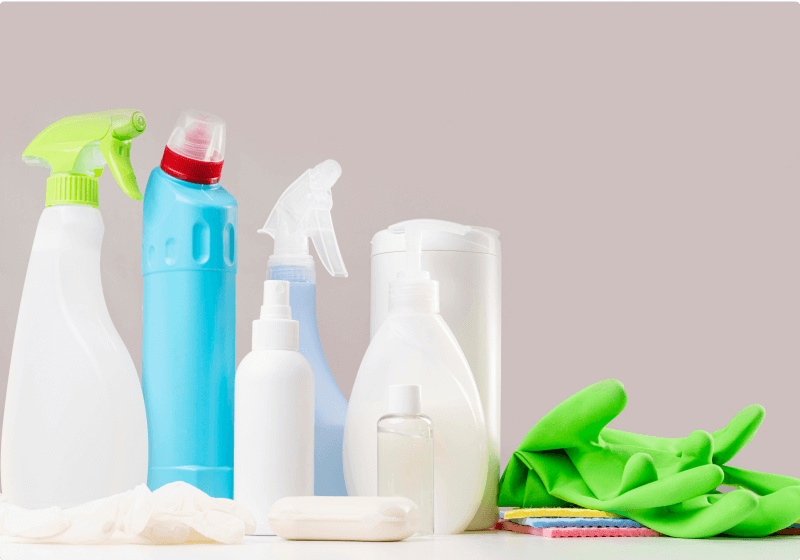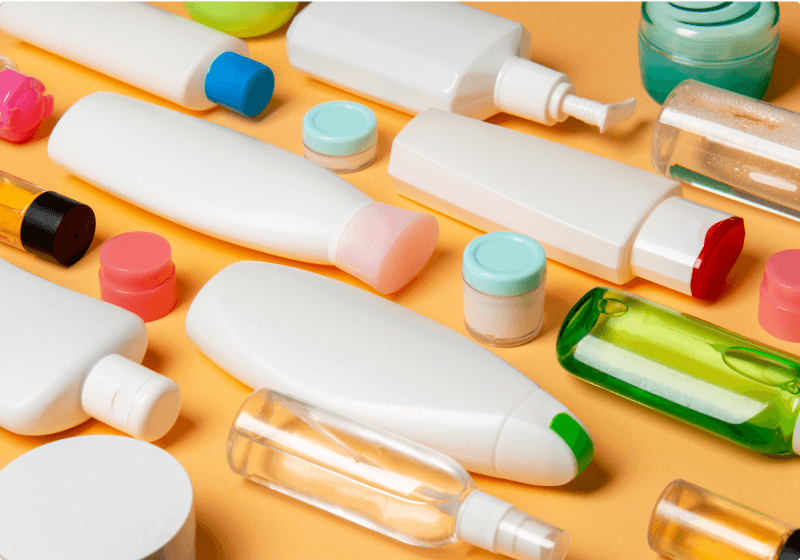The Organisation for Economic Co-operation and Development (OECD) document provides detailed guidelines as to how businesses should control claims they make regarding products that are treated with biocides- chemicals used for controlling harmful organisms. This includes everything from disinfectants to insect repellents.
Overview
The OECD establishes the means by which companies should support their biocidal products’ efficacy, ensuring at all times that these products work safely and effectively as promised. These OECD guidelines are very important for protecting public health because poorly supported claims of biocide products can lead to misuse thus leading to health risks and false security.
Consumer Expectations
Consumers have certain expectations when a product claims to kill microorganisms or repel insects. Therefore these claims need to be clear and be backed by proof through scientific evidence, so there aren’t any misinterpretation of the same. In fact, consumers could draw an inference about the effectiveness of the product based on several signs, such as advertising, packaging, or reputation of the brand. Misunderstandings can occur if claims are not straightforward or if they use complex scientific terms that the average consumer might not understand.
Legal Considerations
The OECD guide explains how in various countries, these claims come under legal laws. For example, in the European Union, any product claiming to kill bacteria is set to undergo strict testing and needs authorization before being sold. Similar regulations exist in the U.S. and Canada, where products are supposed to be registered and proven effective before making certain claims.
Testing for Proof
Rigorous scientific testing is required to back up claims. The OECD guidelines explains how to set up testing conditions that would simulate how the biocide product will be used in real life, therefore proving that the claims are not only theoretically possible but practically achievable as well. For example, a claim that a given spray kills 99.9% of germs has to be tested under the conditions wherein the product is actually sprayed just as how an average consumer would do it.
Development of Claims
The process of developing claims is as follows:
1. Clarifying the claim: Clearly define what the product is supposed to do.
2. Determining use conditions: Establish the specific conditions under which the product is effective.
3. Testing methods: Choose and describe the testing methods that will prove the claim.
4. Setting performance criteria: Specify what criteria the product needs to meet in order to substantiate the claim.
5. Labeling and advertising: Develop labels and advertisements that truly communicate the abilities and limitations of the product.
Practical Examples
The OECD guidelines give examples to illustrate how claims of biocide products should be substantiated. For example, when a manufacturer of a fabric spray gives a claim of repelling mosquitoes, he has to substantiate that claim by treating the fabric and conducting tests of its effectiveness in conditions reflecting real use.
Regulatory Compliance
Products have to be in compliance with the regulatory standards of each country or region where they are commercialized. This means to comply with laws regarding local pesticides to ensure consumer safety and standards of advertising. Companies must provide detailed information, including results from effectiveness tests to regulatory bodies.
Final Thoughts
In summary, the OECD guidelines indicate that the safe use of biocide products requires honest, transparent, and scientifically based claims. Manufacturers have to test their products rigorously and adhere to all regulations in order to have their products fit for safety and effectiveness. This will not only protect the consumers but also protect the products of companies by making sure the trust built over the years is intact.
Why choose Microbe Investigations MIS?
At Microbe Investigations Switzerland, we are committed to helping manufacturers navigate the complexities of OECD guidelines for biocide-treated articles. Our detailed testing processes ensure that your products meet regulatory requirements, supporting credible and compliant biocide claims. Partner with MIS to leverage our expertise in regulatory compliance and enhance the marketability of your biocide-treated products.
For more information on how we can assist you in developing validated claims for your biocide-treated articles, or to initiate a compliance assessment, please contact our experts today.
Reference:
OECD Guidance on principles for claim development of treated articles
Series on Biocides: No 15
(ENV/JM/MONO(2020)29/REV1)














